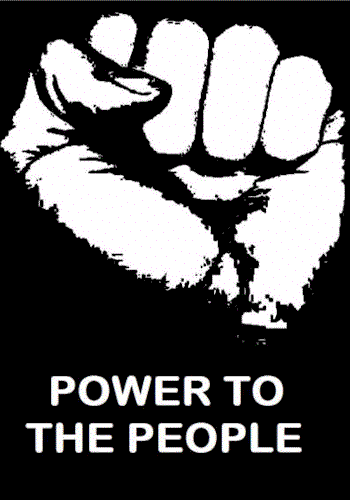This Four Corners documentary was really interesting. Reflecting on social media in a way that not many of us do, it presented a hugely informative and critical viewpoint from which social media can be understood.
In terms of the 3 major points we were given to respond to, ‘Generation Like’ was really helpful and it isn’t hard to see the connection between social media and the future ahead of us as prospective media graduates.
How does this documentary alter your understanding of the way you use social media?
My understanding of the use of social media has always been relatively sceptical, never having really accepted it as a true showing of a persons substance, but more as their own idea of their ‘perfect self’. ‘Generation Like’ reflected briefly on this stance during the sequences with the high school kids as they sought to out-perform one another in the quantity of likes they receive on their pictures. I see this as a form of worthless self-promotion with far too much importance perceived by our generation. Sure, it’s nice to get likes – but they mean nothing in comparison to receiving a compliment in real life from an actual human, not just their online persona through the internet.
The idea of likes as a ‘social currency’ was a term that really stood out to me and it’s quite clear that certain people do go out of their way to achieve higher numbers of likes and to feel accepted. Whilst the need and desire for attention and social validation has always existed, ‘Generation Like’ recognises a change in the stage through which these are achieved, whereby individuals promote themselves online and bask in the glory of their likes.
‘Generation Like’ also makes an interesting observation and likens the world of social media to an ‘arena of likes’. This metaphor perfectly sums up my understanding of social media, whereby those with the largest numbers of likes, followers, shares and retweets are winning… or so they think.
What connections can you make with the role of a Social Media Producer?
Where this documentary proved most informative to me was in bringing light to the role of the social media producer. Social networks, initially intended to be used by friends to keep in touch, have become one of the largest advertising platforms available for corporations today. Unparalleled audience numbers can be reached because of ‘sharing’ and ‘hash-tagging’, allowing companies to be hugely efficient with their marketing strategies and even now using their consumers as a form of marketing in their own right. Because audiences have now changed from relatively passive couch potatoes into active couch potatoes, with computers, companies are able to sit back and watch the numbers grow as their audiences like, share and spread advertising material without even realising it.
With the uprise of YouTube and some organisations catching on to the potential exposure of the network, product placement and corporate sponsorship has become a truly enormous venture. YouTube vloggers who attract large numbers of views can receive what might equal another persons’ salary through the commission of the advertisements that play before their videos, giving them the cash, equipment and clothes to wear in order to keep making videos and expanding the reach of said organisations, and it’s a frightening prospect that advertising like this actually works.
The importance of ‘transparency’ in the advertising that takes place online is another aspect covered by ‘Generation Like’, proposing that the effectiveness of such techniques is due to ads not feeling like ads (through carefully considered planning and ‘drip feeding’ strategies) resulting in audiences thoughtlessly spreading the ‘fire’ that is online hype.
What ideas does this documentary raise in regards to the event your group is planning and the task of achieving participatory engagement?
Lastly, there were a few parallels that could be drawn between what is raised by ‘Generation Like’ and the events that our IM2 groups are going to host this semester. The importance of hash-tagging and connecting content (even across different platforms) to reach the largest possible number of audience members cannot be overlooked, as exposure leads to attention. Similarly, the importance of promotion through one online presence supporting another (and both benefitting, as stated in the documentary) could be applied to our project.
Evidently, social media is a hugely powerful tool in the world of media, and its’ benefits are there for the taking, it’s just a matter of the right approach, the right strategy and the right connections.






